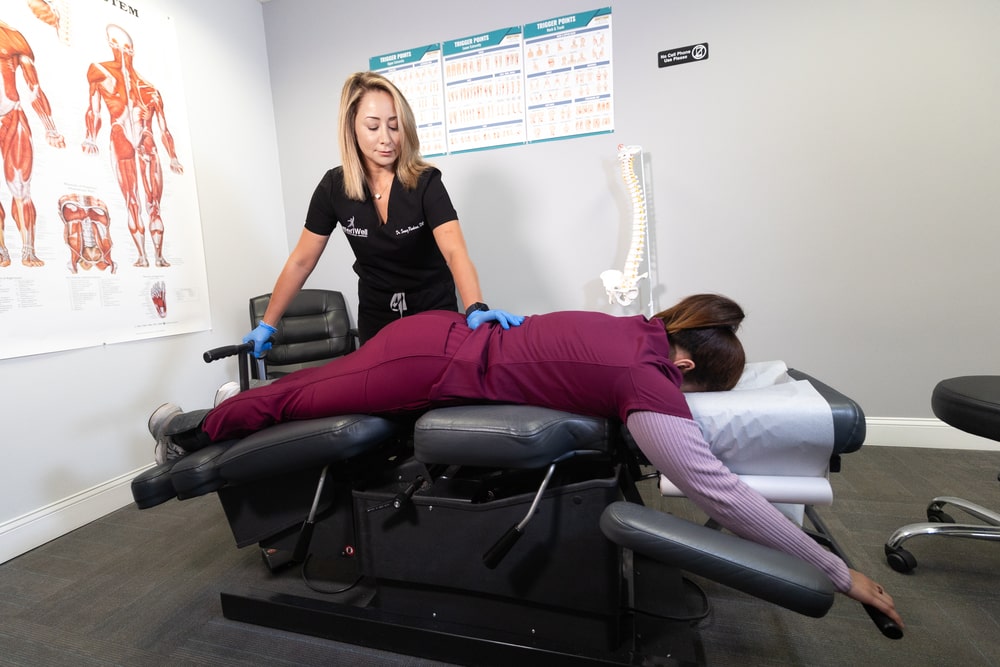Back pain is one of the most common health complaints in the world, affecting millions of people every year. While some cases are temporary and resolve on their own, many patients experience persistent or severe pain that interferes with daily life. When that happens, seeing our Bowie, MD back pain doctor is essential. These specialists focus on uncovering the root cause of your pain—not just treating the symptoms—so you can get lasting relief. But how exactly do they determine what’s causing the discomfort? Let’s break down the process.
Step 1: Comprehensive Medical History
The first step in diagnosing back pain is taking a detailed medical history. Your doctor will ask questions such as:
- When did the pain start?
- Is it sharp, dull, or radiating?
- What makes it worse or better?
- Have you had previous injuries or conditions that may contribute?
Your history provides valuable clues. For example, pain that worsens with movement may indicate a muscle or ligament strain, while pain that radiates down the leg could suggest a herniated disc pressing on a nerve.
Step 2: Physical Examination
The doctor performs a hands-on physical exam. This may include checking your range of motion, posture, reflexes, and muscle strength. They may gently press along your spine to pinpoint tender areas or observe how you move when bending, standing, or walking. These physical tests help narrow down whether the pain is related to the spine, muscles, joints, or nerves.
Step 3: Diagnostic Imaging
If more information is needed, a back pain doctor may order imaging studies. Common tools include:
- X-rays to identify bone issues such as fractures, arthritis, or spinal alignment problems.
- MRI scans to provide detailed images of soft tissues, including discs, nerves, and ligaments.
- CT scans to give cross-sectional images of the spine when more detail is required.
These tests are especially helpful in diagnosing conditions like herniated discs, spinal stenosis, or degenerative disc disease.
Step 4: Specialized Tests
In certain cases, doctors may use additional diagnostic methods. For example:
- Nerve conduction studies and EMGs (electromyography) can detect nerve damage or irritation.
- Bone scans can help identify infection, fractures, or tumors.
- Blood tests may reveal underlying conditions such as infections or autoimmune disorders that cause back pain.
By combining test results with your medical history and symptoms, our doctor can pinpoint the exact source of the problem.
Step 5: Identifying Contributing Factors
Back pain often has more than one cause. Our doctor will look beyond the immediate issue and consider contributing factors such as poor posture, obesity, workplace ergonomics, or stress. Identifying these underlying contributors is critical for creating an effective long-term treatment plan.
Step 6: Personalized Diagnosis And Treatment Plan
After completing the evaluation, our back pain doctor will explain their findings and provide a diagnosis. From there, they’ll outline a personalized treatment plan that may include physical therapy, medications, lifestyle changes, or in some cases, surgical options. The goal is always to treat the root cause so you can achieve long-term relief and prevent future episodes.
Back pain can stem from many different sources, which is why guessing or self-treating often leads to frustration. Our back pain doctor uses a systematic approach—medical history, physical exams, imaging, and specialized tests—to uncover the real cause of your discomfort. By addressing the root issue instead of just masking symptoms, they help you move forward with confidence and regain your quality of life. At AmeriWell Clinics, we are here to help you.
The images and videos in this post are property of AmeriWell Clinics. The article text is shared for educational purposes and may include external sources not authored by AmeriWell Clinics.
